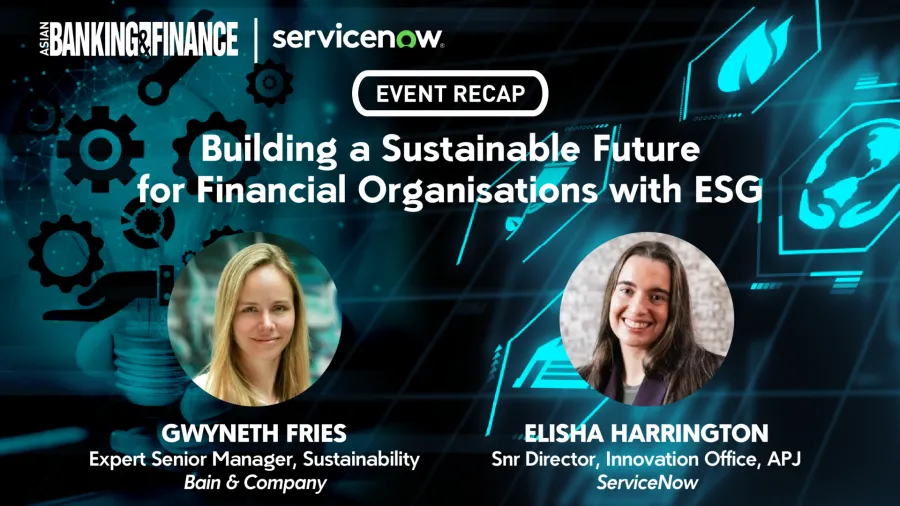
Integrating ESG to build a profitable and sustainable future in finance
More transparent, more objective, more standardised
The world is far-off meeting goals set for carbon emissions, pushing everyone to move faster towards a greener, more environmentally-considerate path, including financial services institutions (FSIs). These challenges and steps that needed to be taken were discussed at the “Building a Sustainable Future for Financial Organisations with ESG” virtual roundtable held by Asian Banking & Finance and ServiceNow on the 10th of May 2022 and 20th May of 2022 for ASEAN and Hong Kong, respectively.
Environmental, Social and Governance (ESG) investing and analysis expected to shape policy and business over the next decade. Regulated industries, particularly financial services, are in the spotlight and have been adjusting their strategies and practices to have more positive ESG outcomes. More than just “complying” to regulations and corporate expectations, an ESG strategy allows FSIs to put themselves at a “competitive” edge given that consumers are taking advantage of sustainable backed lending portfolios.
“From the top of the organisation, through to the day to day operations, we're seeing FSIs transition their portfolios and make strategic business commitments by 2030 and beyond to Environmental, Social and Governance (ESG) initiatives,” said ServiceNow’s Senior Director of Innovation Office for Asia-Pacific and Japan Elisha Harrington.
According to Harrington, activating ESG requires a unified and collective approach in the industry, not just from a single entity, as the pressure is put on financial institutions to come out with sustainable finance and overcome the challenges of speed and scale in their activation. Many banks are also assigning a quality score to ESG related exposures, and issuance of green loans among other efforts being done by the financial sector.
A way of addressing transition risks, as well as other risks related to ESG, is a proper assessment that can be successfully carried out by the collection of real-time data, as Harrington presents that a lot of the data collection challenges come back to understanding the total emissions, assessing the current position and comparing the state of play to where the organisation needs to get to, when it comes to ESG.
Harrington said the sector is also looking into other information types to provide better analysis of ESG risks such as geospatial data as demonstrated in spatial finance practice.
When it comes to responding to customer inquiries about ESG impact, there are many teams involved in the process from customer service sales, marketing, product, ESG teams, and technology teams. “When they're calling up the bank, or calling up the insurance company, and they're inquiring, ‘what is the bank offering?’ from new financial incentives, new instruments, they want to engage, they want to be also handheld through this journey,” added Harrington.
Banks will have to start assessing their customer base aside from their corporate missions, as FSIs will need to be equipped with the right set of policies, procedures, and new ways of working with their customer base when it pertains to ESG. FSIs will also need to ask themselves what the impact of their policies and initiative will be, as fragmentation already poses challenges alongside legacy systems, tools, and processes.
Aside from assessing profitability to assess loan and credit assessment, banks must look beyond by collecting ESG data and assess climate, data from satellite information, IoT sensor information, lots of different sources so that they can start to assess sustainability.
An example given by Harrington is with an agribusiness client, as the bank will also need to assess for soil samples and really start to look into the farm to know how the bank can incentivise the farmer/owner to align their practices according to environmental standards, giving banks and FSIs the ability to provide practical, positive ESG incentives to guide better practices cross-industry.
Net-zero initiatives for companies are one major field in ESG initiatives that FSIs are beginning to increasingly cater to, as banks start to link sustainability and design into loans as well as implement internal emissions tracking platforms to achieve net-zero carbon emissions. Many companies have announced their goal to transition into a net-zero model by 2050, with an acceleration of interest in sustainable finance from the announcement that 450 banks, insurers and asset managers across 45 companies, accounting for 130 trillion in assets.
“There is growing expectation and regulation across the region for organisations to not only know about your ESG impacts but to prove you are addressing them and moving to decarbonise,” says Gwyneth Fries, Expert Senior Manager for Sustainability at Bain & Company, when pointing out that Hong Kong, Indonesia, Malaysia, Philippines, Thailand, Singapore and Vietnam have become signatories with the UN Sustainable Stock Exchange on including ESG reporting as a requirement for listing.
Bain & Company listed some criteria to assess how banks are adjusting to ESG initiatives, looking at their targets for minimum alignment to net-zero by 2050, emissions intensity reductions for heavy emitting sectors like power generation, commitments to halt lending to the fossil fuel industry and associated supply chain, financed emissions, and short-term plans.
According to the study, 65% of banks globally have announced a commitment to net-zero by 2050 while in Asia, about 20% are tracking emissions and about 50% are disclosing some level of portfolio emissions, with variations in data quality and sector coverage.
Going back to the a successful transition of industries and FSIs, an estimated two to five trillion increase in incremental yearly funding will be required over the period from 2020 to 2050, with banks expected to shoulder 20% of the total cost.
This presents a huge opportunity for value creation, as pioneers are projected to capture 30% of the market profit share above their fair share, while laggards stand to lose 20% in profit share, as simulated by models done at Bain.
Green product development and selling green products must also be encouraged for companies, as this is a transition that needs to happen inside a business, wherein account managers are going to develop new knowledge and awareness as well as new skills to engage with your clients about decarbonisation and ESG. In light of this, banks will have to address the mismatch in strategic planning, with the usual strategic planning only spanning three to five years and the climate transition spanning from 20 to 30 years, by anchoring their strategies with short and mid-term actions to manage uncertainties.









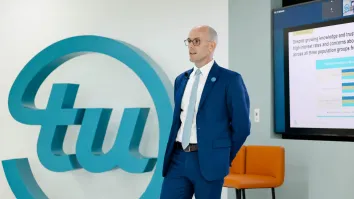
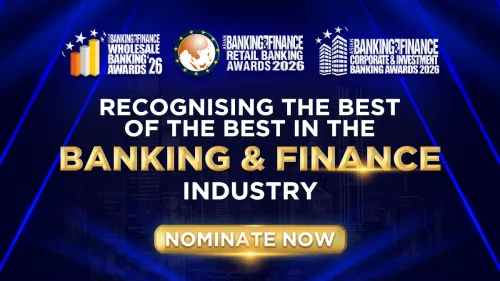



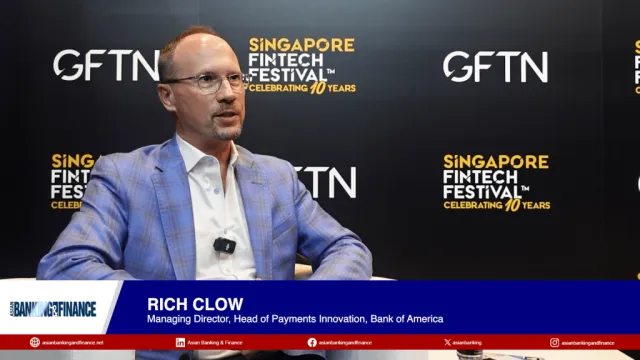
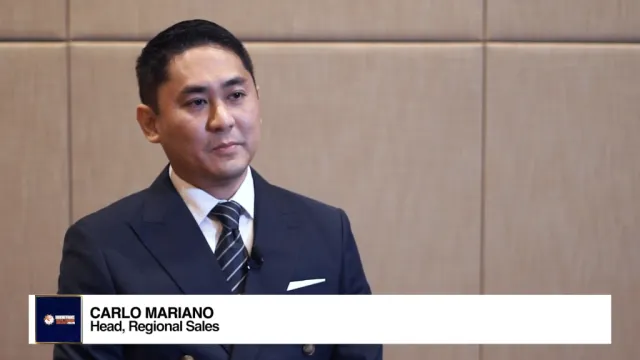
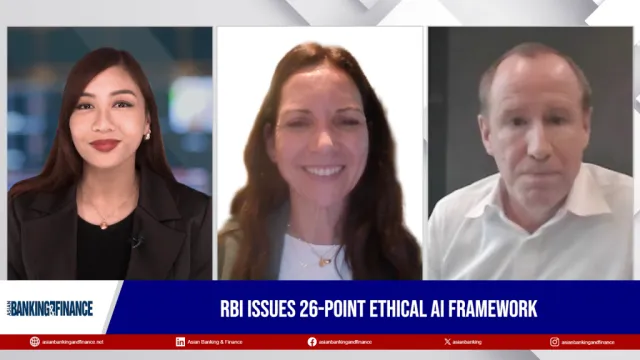
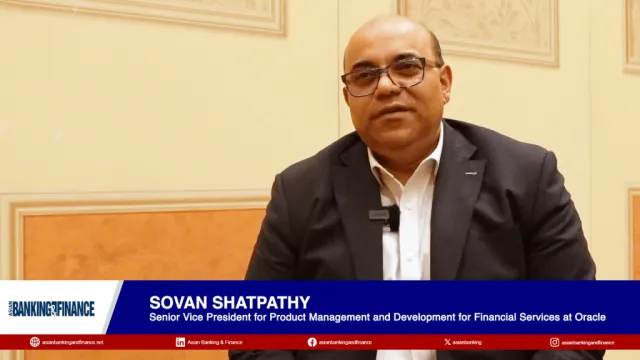

 Advertise
Advertise









